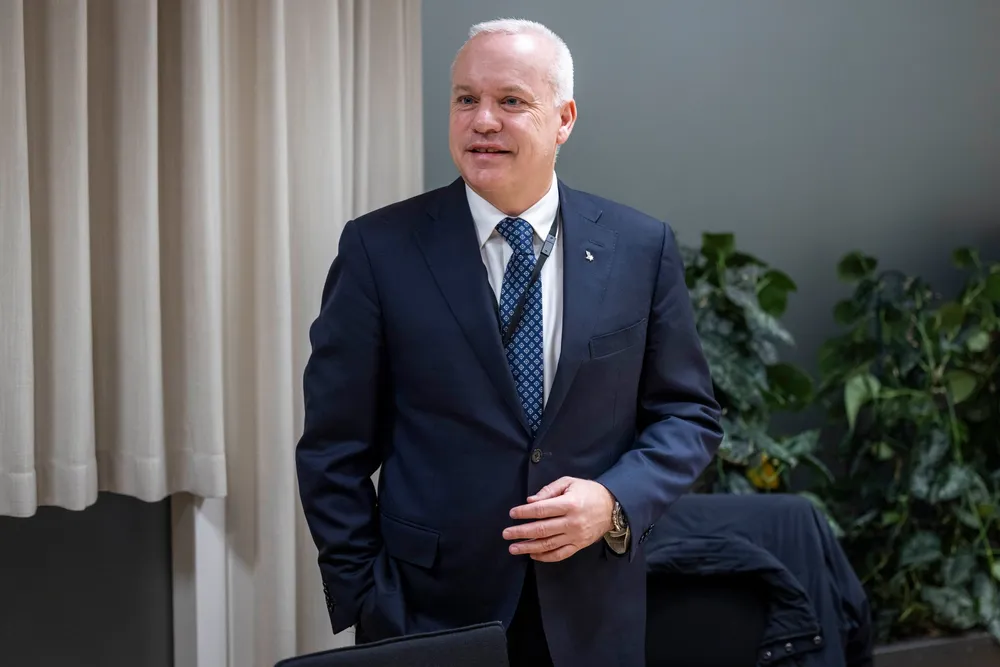Equinor says 500MW floating projects 'too small' as it sets minimum bar
Norwegian oil giant said floating projects should be closer to gigawatt scale to ensure viability

Equinor has said that 500MW floating offshore wind farms are too small to be cost-effective in the long run, as it sets out what it believes is the “optimal size” for such projects.
The Norwegian oil giant gave the assessment this week in a response to a Norwegian government consultation on future offshore wind areas.
Equinor said there are some areas of the assessment that could have a significant impact and are important to take into account, with project size being top of its list.
Equinor said that the size of a floating wind farm being consulted on is set at 500MW, “which will not be a cost-effective size to develop in the long-term.”
A wind farm of this size “provides less opportunity for efficient development and economies of scale,” it said.
Equinor said the “optimal size” for such projects is “closer to 800-1,200MW.”
Benjamin Swarbrick, a senior floating wind market analyst at TGS 4C, said it’s “true that once projects are in the higher MW range the economies of scale allows a more bankable project.”
But he noted that infrastructure for larger projects is “also a bottleneck,” for example transmission and ports.
“So, a large scale wind farm of over 1GW would be beneficial if built in stages to work in tune with supply chain and infrastructure for sure in comparison to just a smaller project (under 500 MW).”
The “sweet spot,” he said, is therefore a floating project that has the opportunity for over 1GW of capacity but that can be realised in “smaller stages.”
Swarbrick noted that Equinor has missed three opportunities to sign its Renewable Energy Certificate agreements for its 750MW Firefly floating project in Korea, suggesting that this may be because that project is “not financially feasible.”
Equinor's comments come at a time when many major wind power developers are retreating from floating wind and even fixed bottom projects amid challenging economic conditions for the sector.